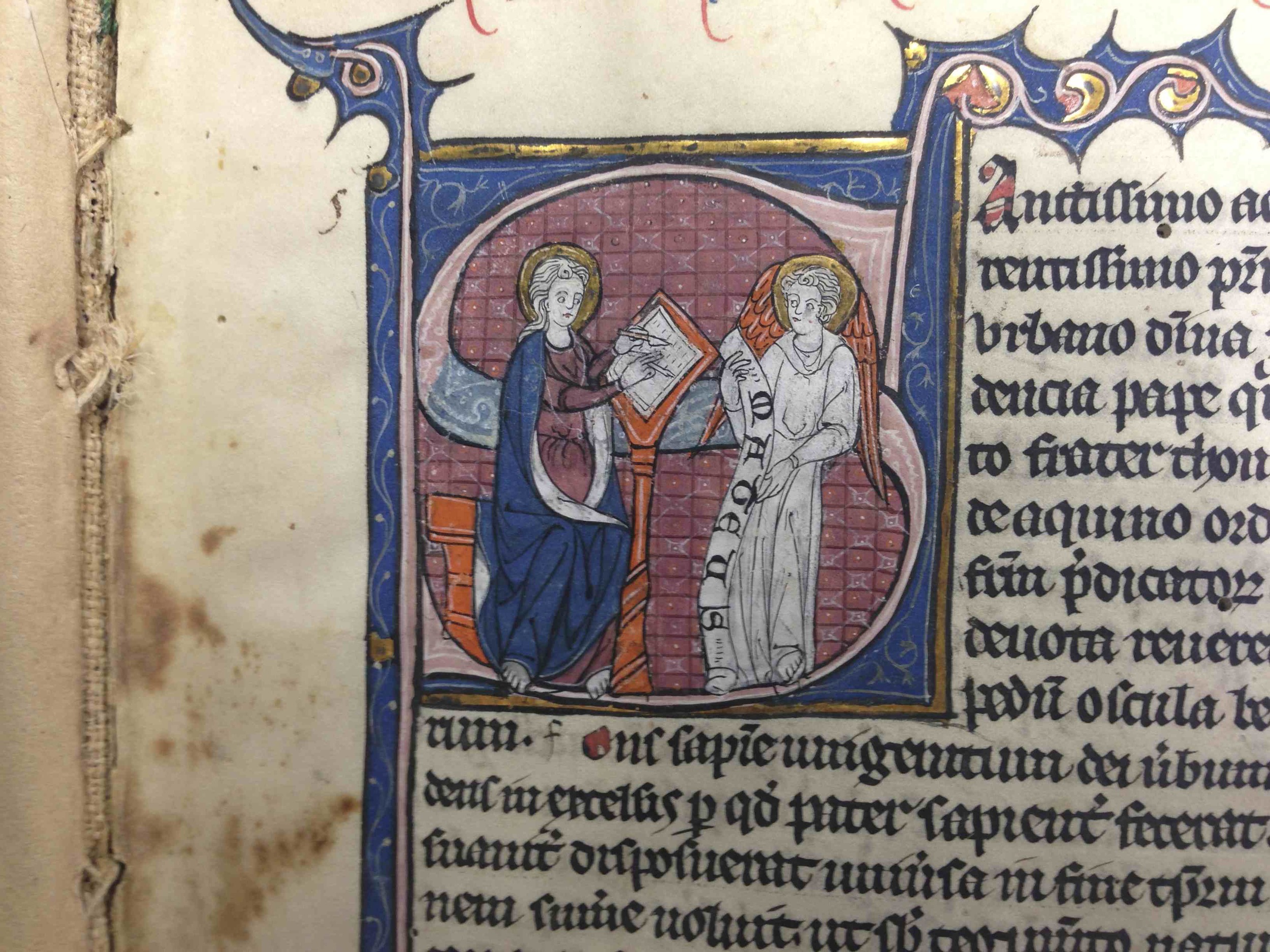Interview with author of new philosophical lexicon
/Nearly a year ago I posted an item about John Carlson’s philosophical lexicon Words of Wisdom. Carson has recently given an interview where he discusses the genesis of the project:
In the spring of 2000, shortly after the publication of Fides et Ratio, I taught a course in the Creighton University honors program on the renewal of the Thomist tradition, with a special focus on “speculative” philosophy—i.e., philosophy of nature, the human person, metaphysics, and God. The students were generally open to learning about the “perennial philosophy,” but they rightly complained of a lack of materials to help them master the quantity of new terms, with their complex interrelations, that were being presented. (A volume titled Dictionary of Scholastic Philosophy had been published by Father Bernard Wuellner, SJ in 1956; but it had been out of print for several decades, and nothing had replaced it.) By mid-semester I began developing and distributing pages of philosophical “glossary.” After that, the project kept expanding—almost taking on a life of its own—as I added terms from other branches of philosophy, especially moral and political philosophy, as well as further terms of various sorts that also seemed to merit treatment. Some 10 years later, after much critical support from scholarly colleagues, and much emotional support from my dear wife, I had a manuscript of Words of Wisdom ready to send to the University of Notre Dame Press.
Later he discusses the format of the lexicon:
Each of the 1,173 entries is headed by a term (i.e., a word or phrase), and includes some or all of the following elements: an etymological note; an account of the term’s meaning(s), which, if plural, are given distinct numbers; an example of the term in actual use; a brief discussion of historical or other matters that clarify the term’s meaning; critical remarks in support of or against the pertinent philosophical point; reference to other entries in the dictionary with which this one can usefully be compared and contrasted; and a listing of root-related words whose meanings can be derived from the account given in the entry.
Toward the end of the interview, Carlson speaks about the bibliography of the volume:
Regarding 20th and now 21st century commentaries and developments, let me mention the bibliography at the end of Words of Wisdom, in particular its second part, which University of St. Thomas (Houston) scholar John F.X. Knasas has called “a most representative bibliography of contemporary Thomists.” This section lists nearly 300 titles by 170 different authors. Two who are prominently listed already have been mentioned: Jacques Maritain and Yves R. Simon. Also worthy of special note would be Etienne Gilson, Josef Pieper, Charles DeKoninck, Fr. Joseph Owens, C.Ss.R., Msgr. John F. Whipple, Peter Kreeft, and one of my great teachers, Ralph McInerny; also Dominican scholars such as Benedict Ashley, William A. Wallace, Lawrence Dewan, and Aidan Nichols; and Jesuit scholars such as George P. Klubertanz, Austin Fagothey, W. Norris Clarke, and James V. Schall. Younger scholars who are making significant contributions to the perennial tradition include Steven A. Long, Christopher Kaczor, Matthew Levering, Fr. Kevin Flannery, SJ, and Fr. Thomas Joseph White, OP.
The introduction of the volume is available on the Notre Dame Press website.


